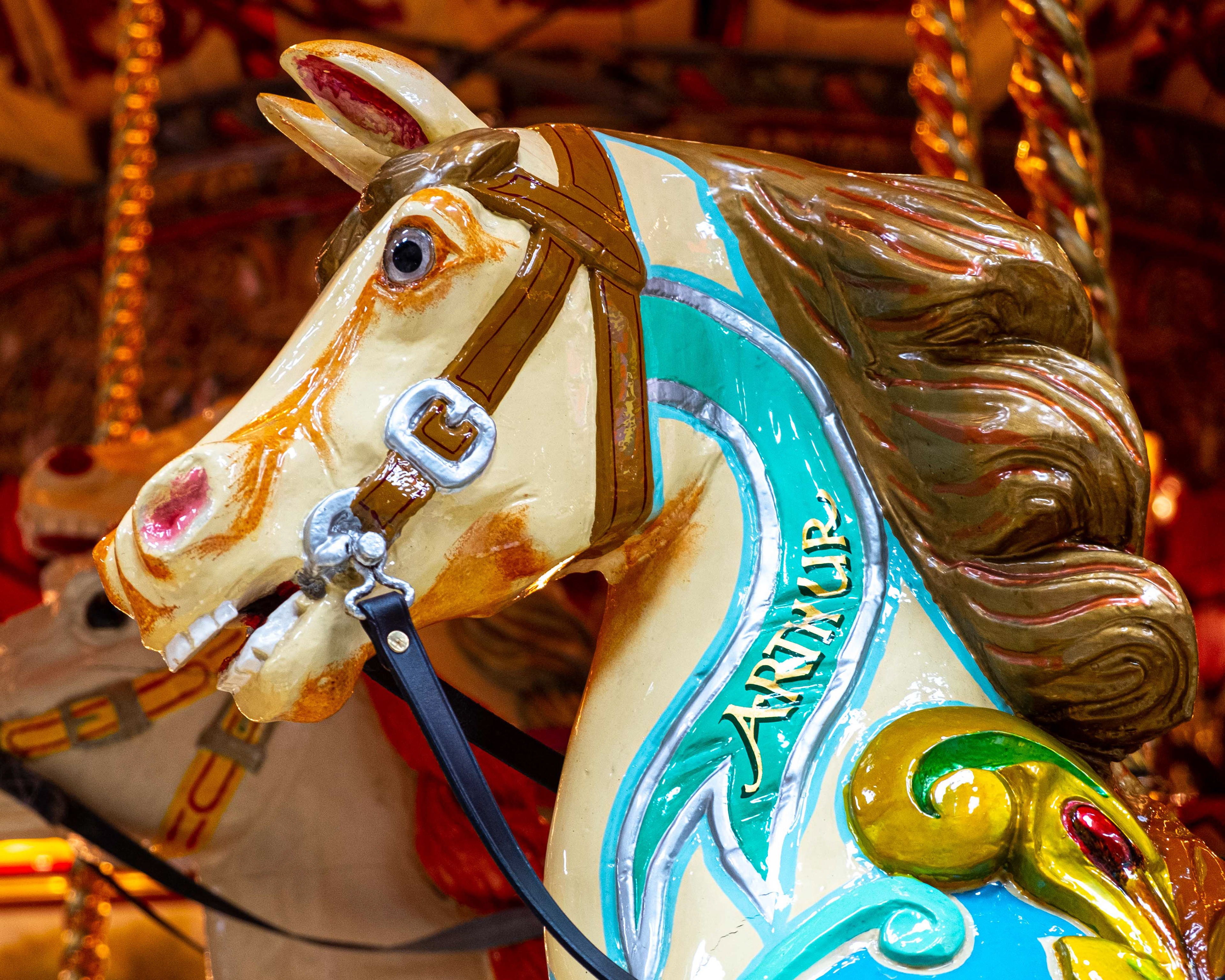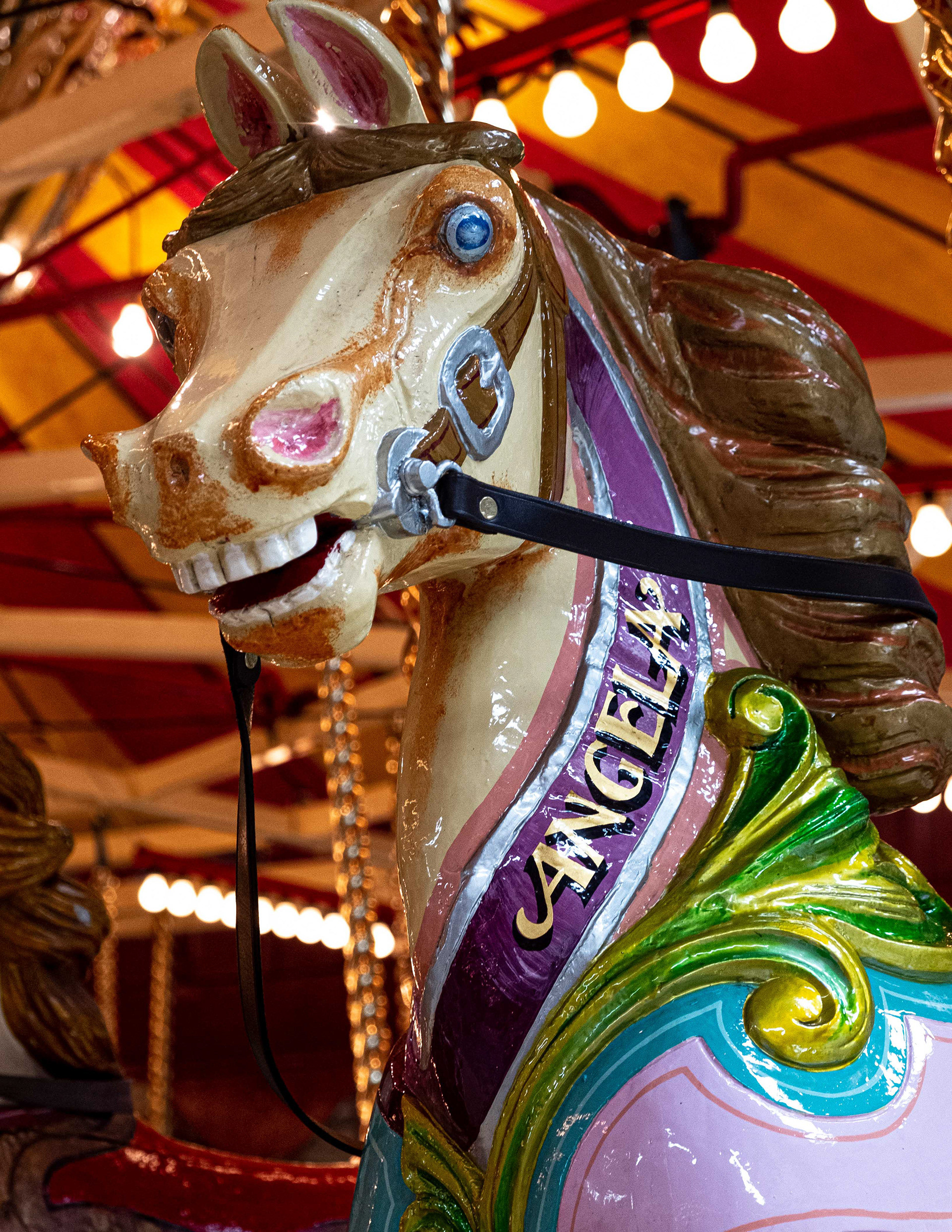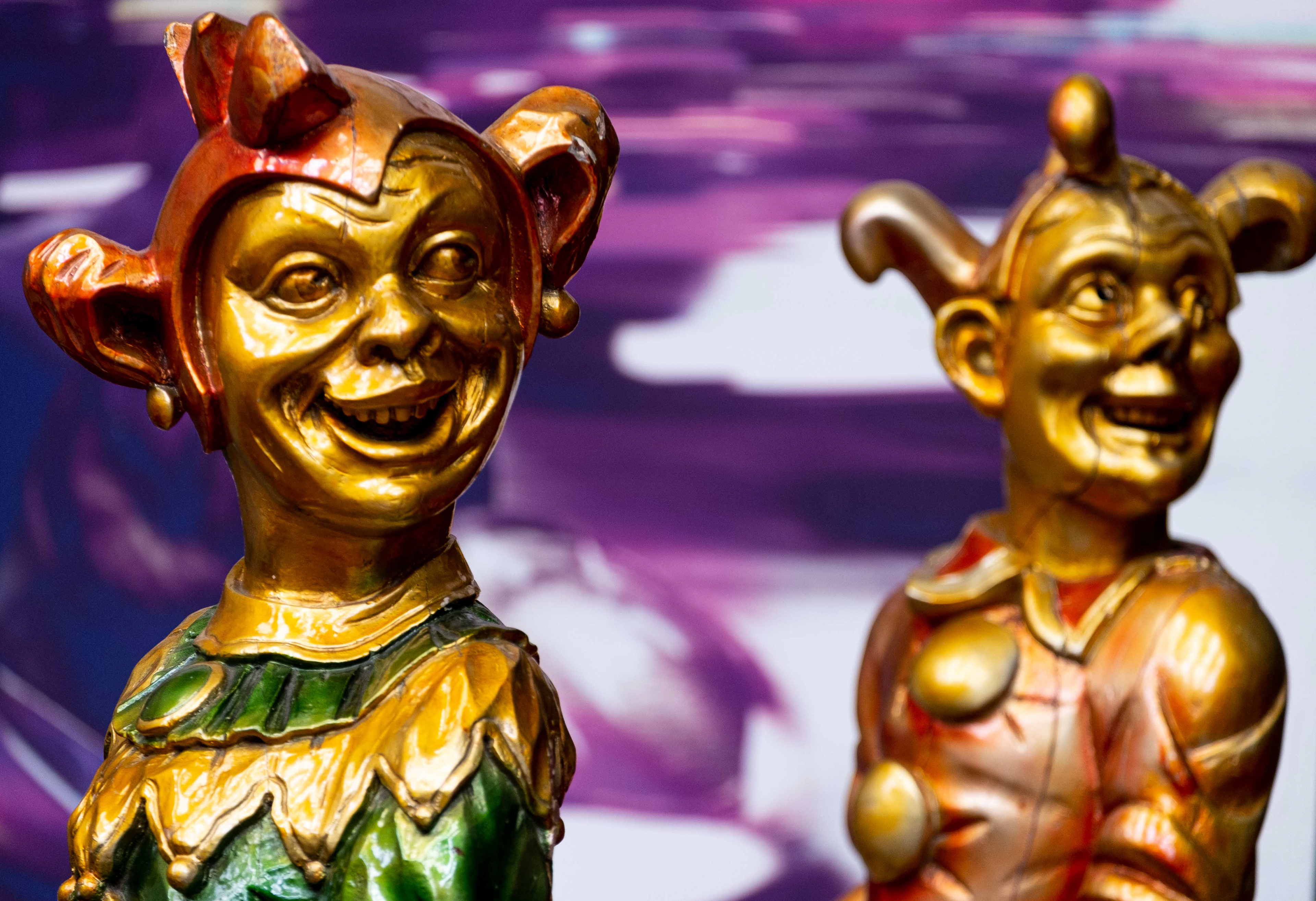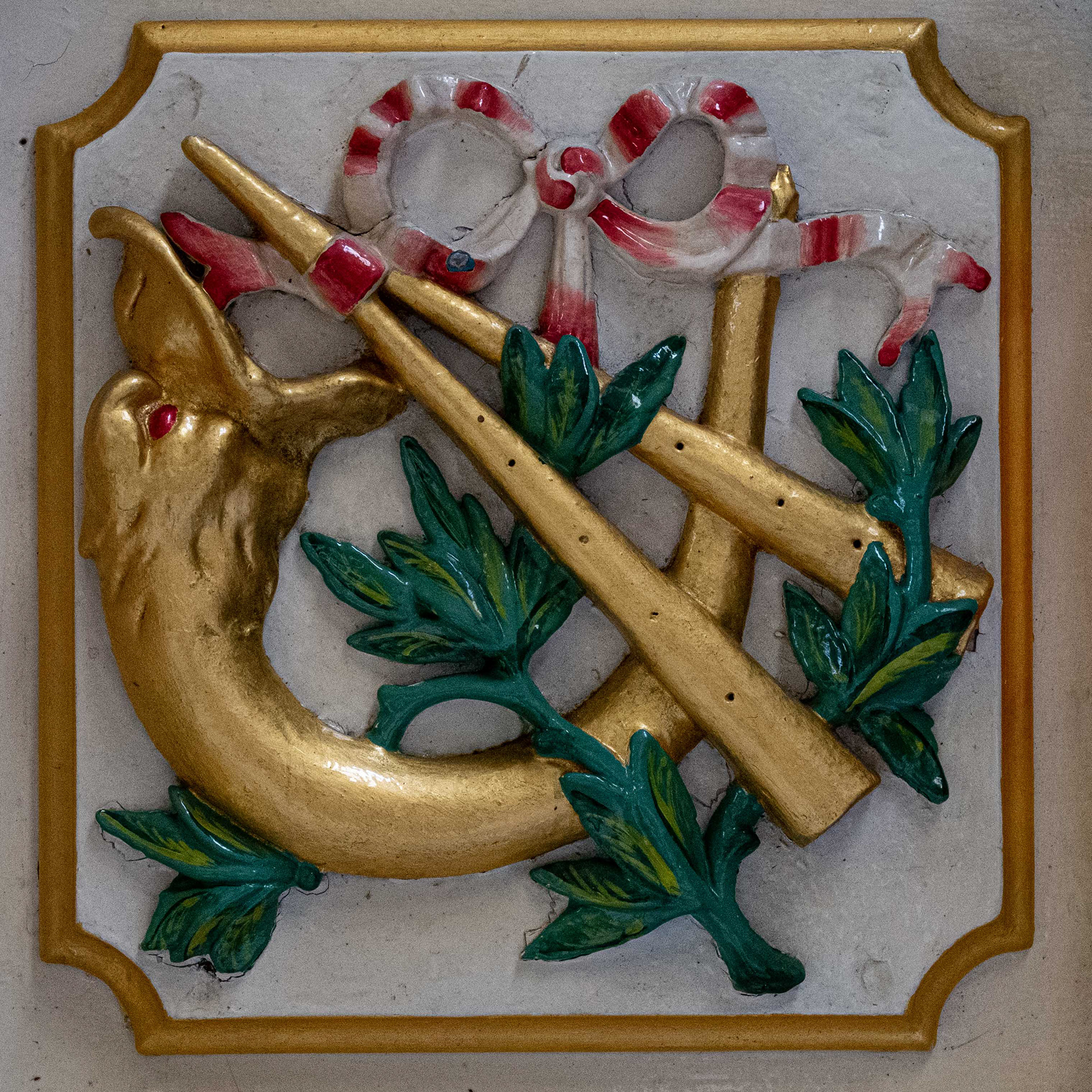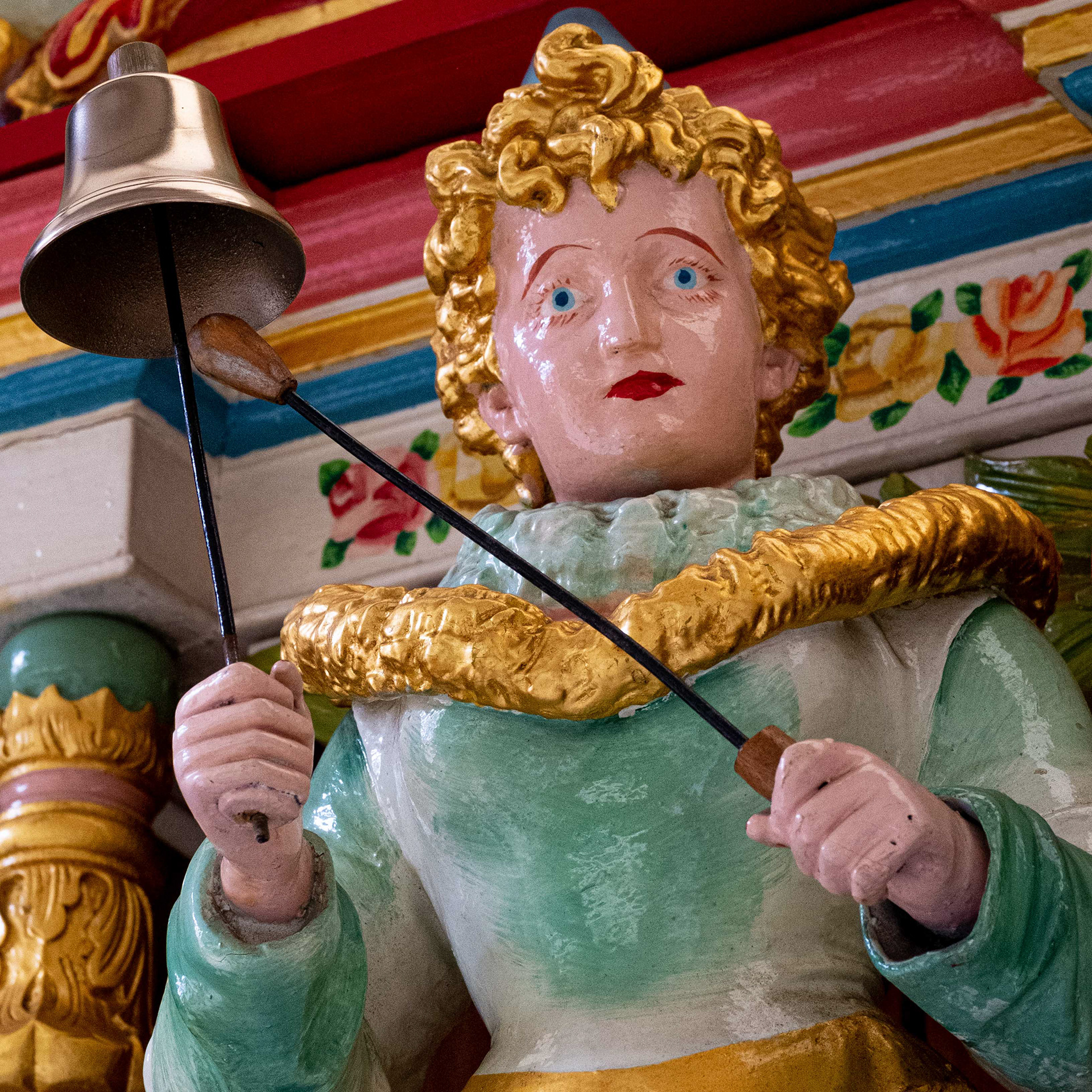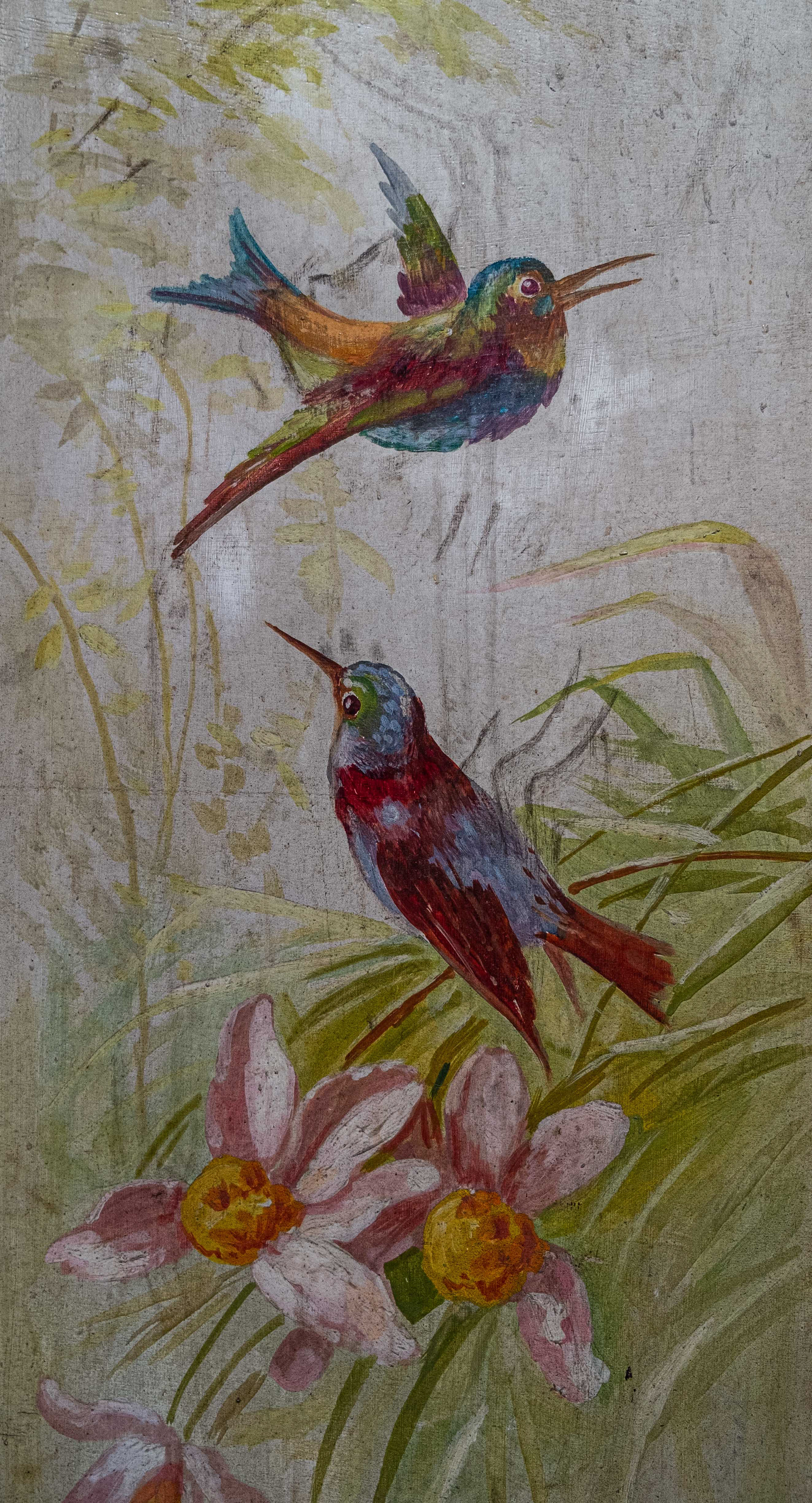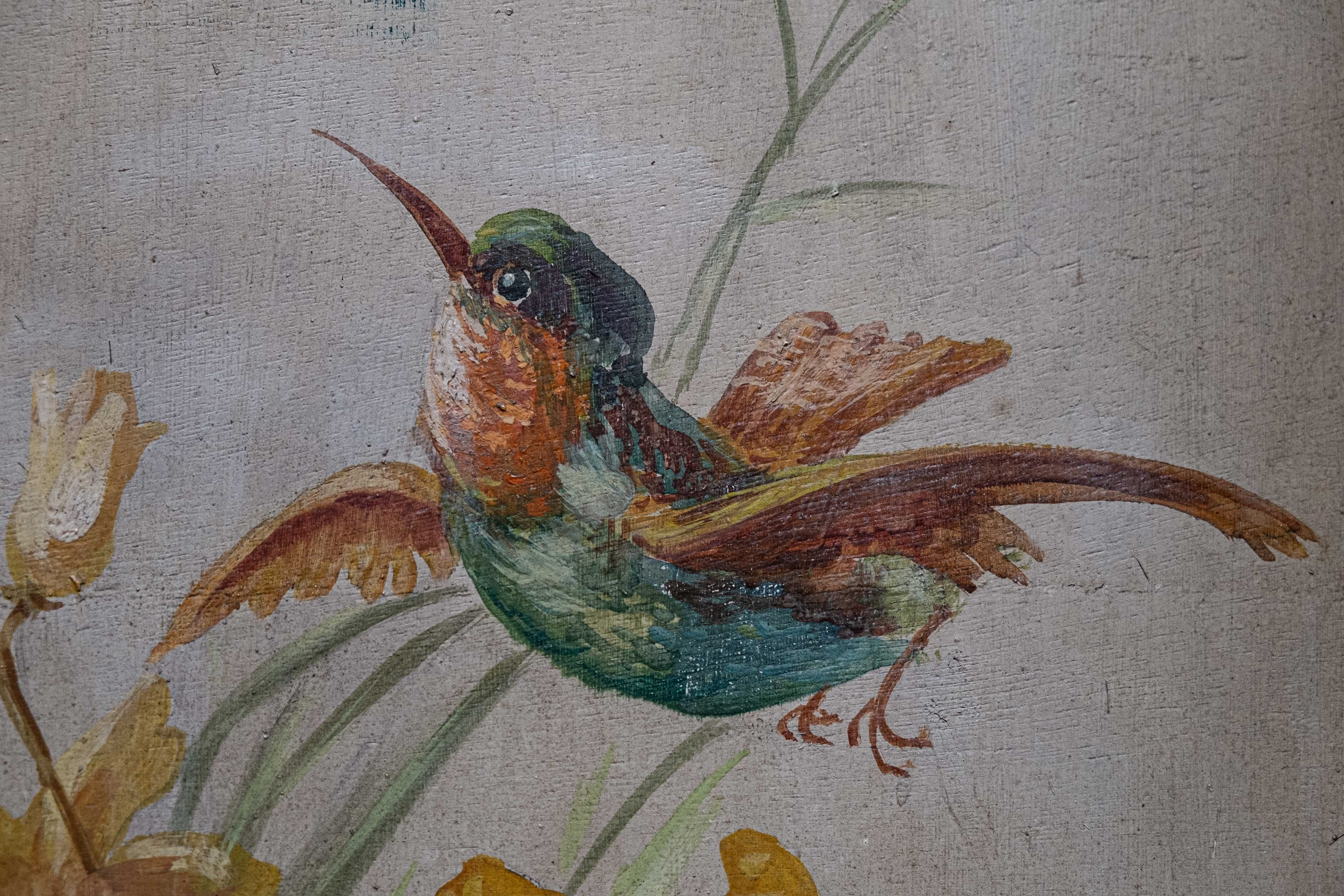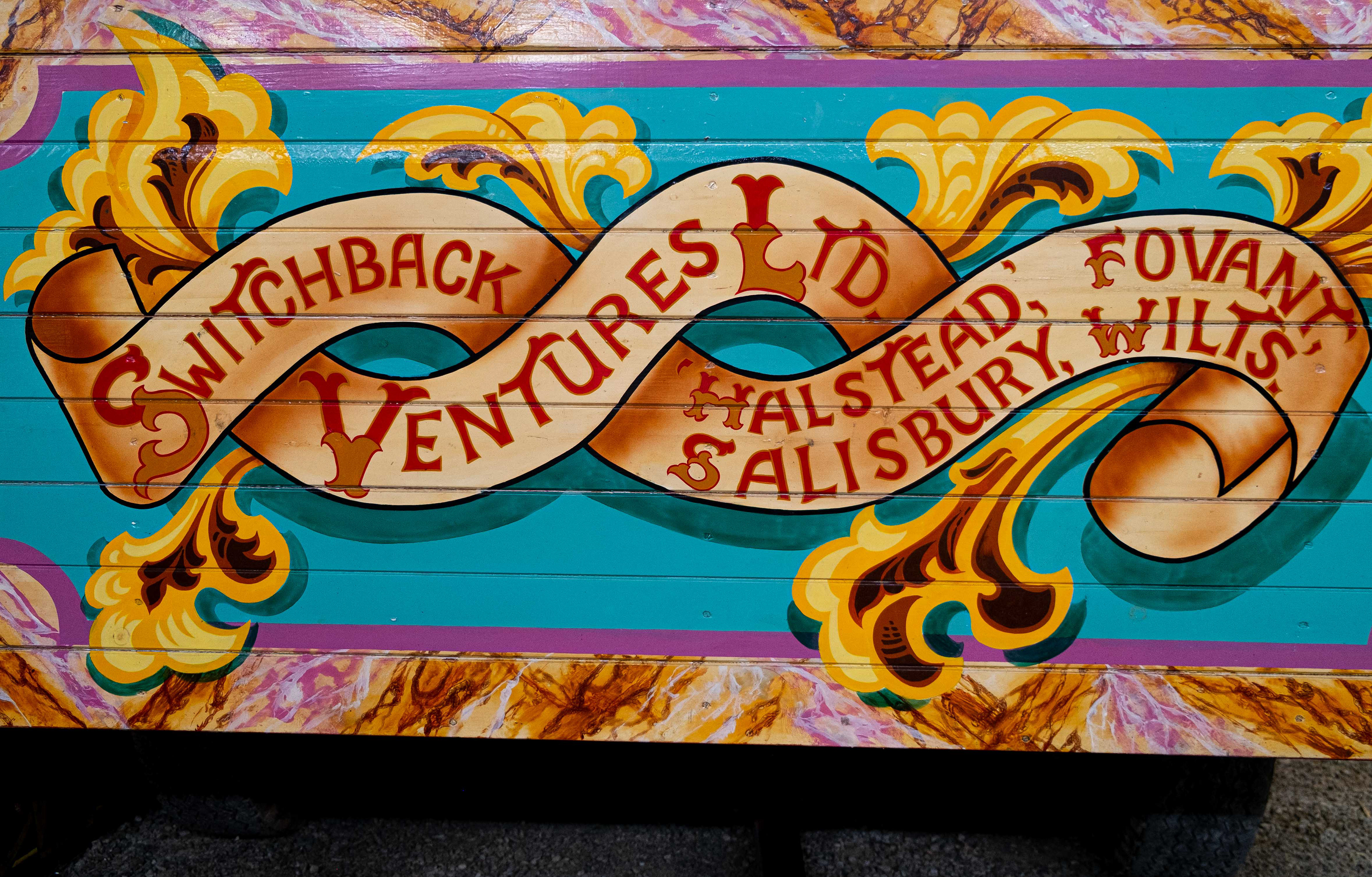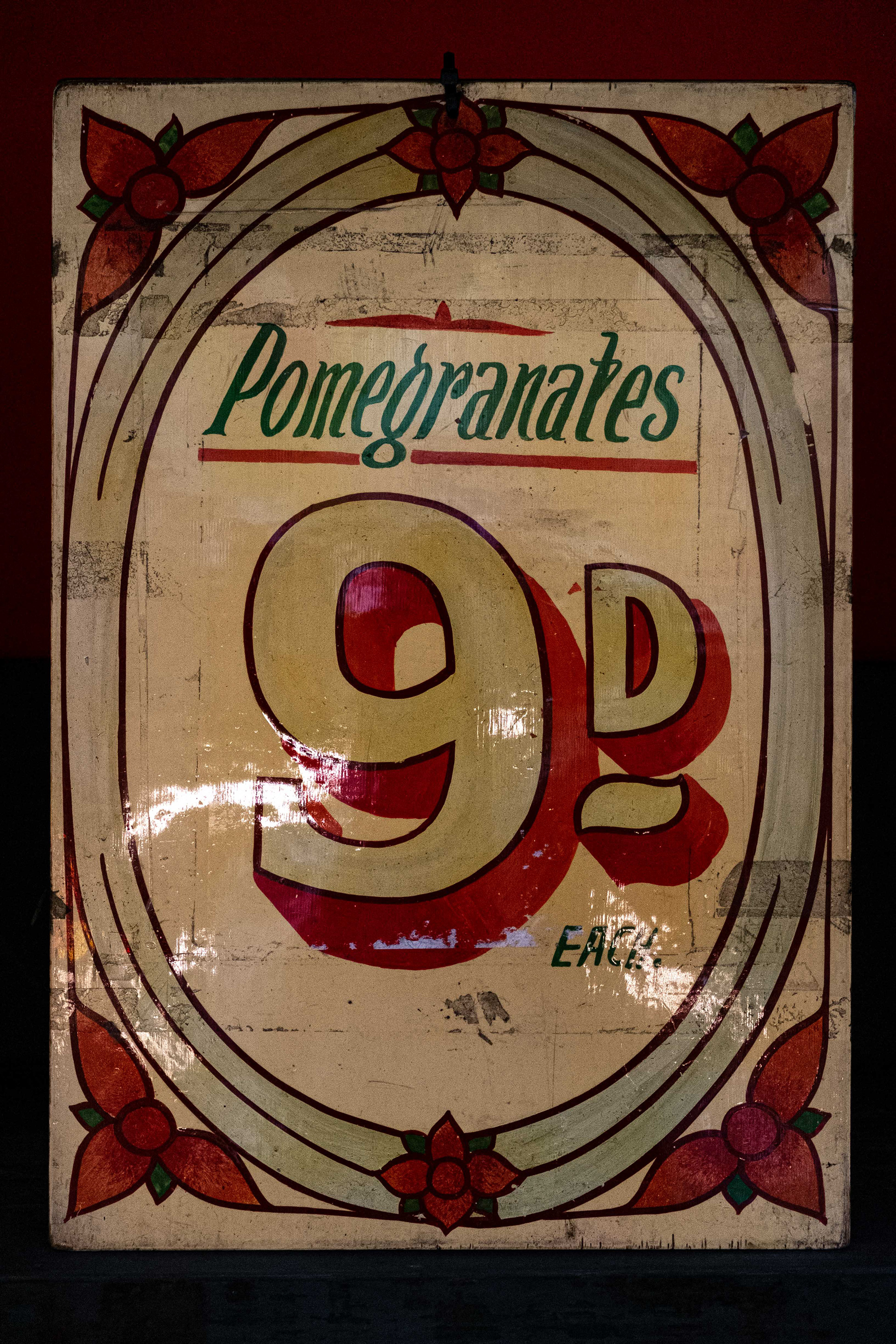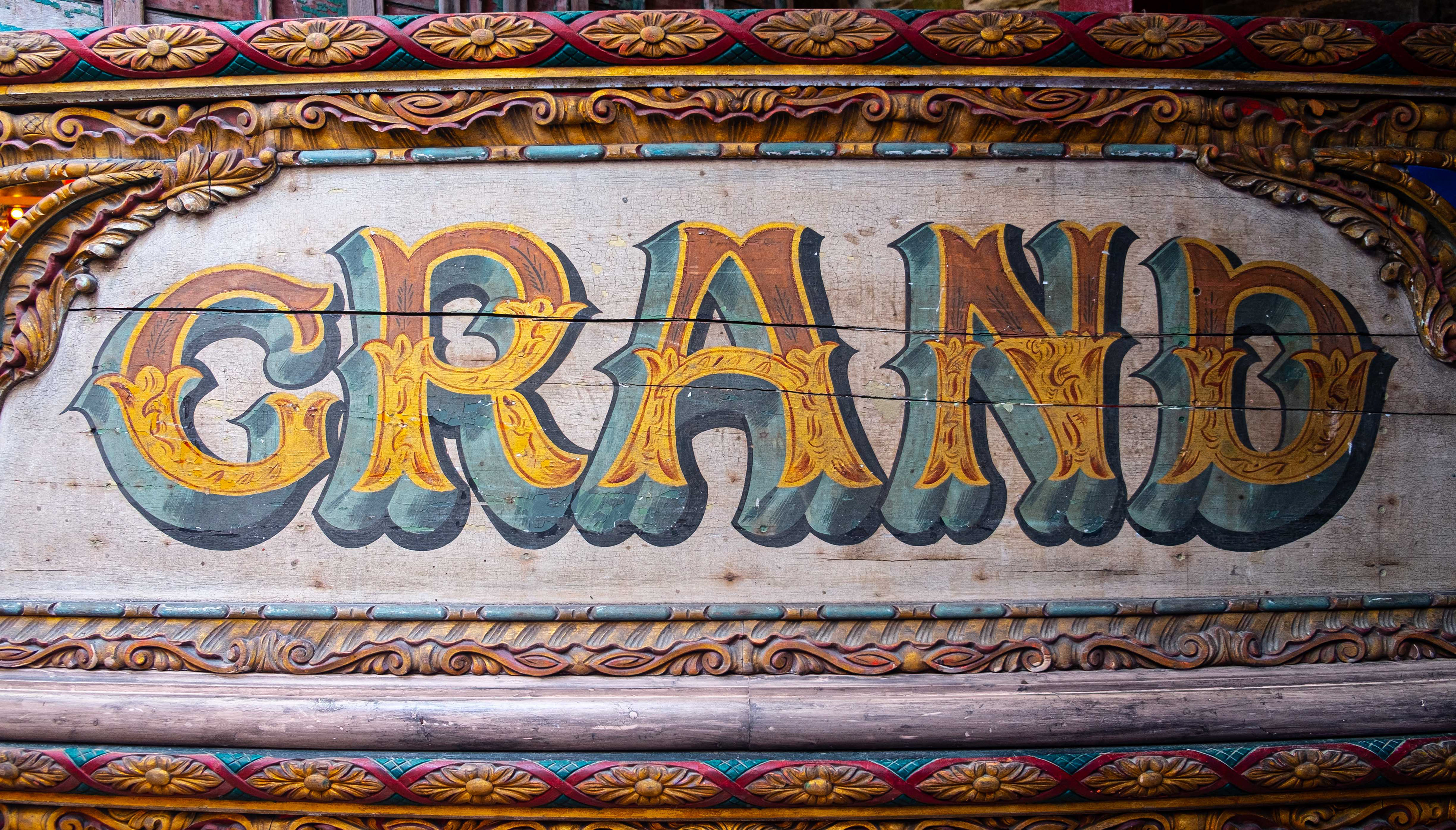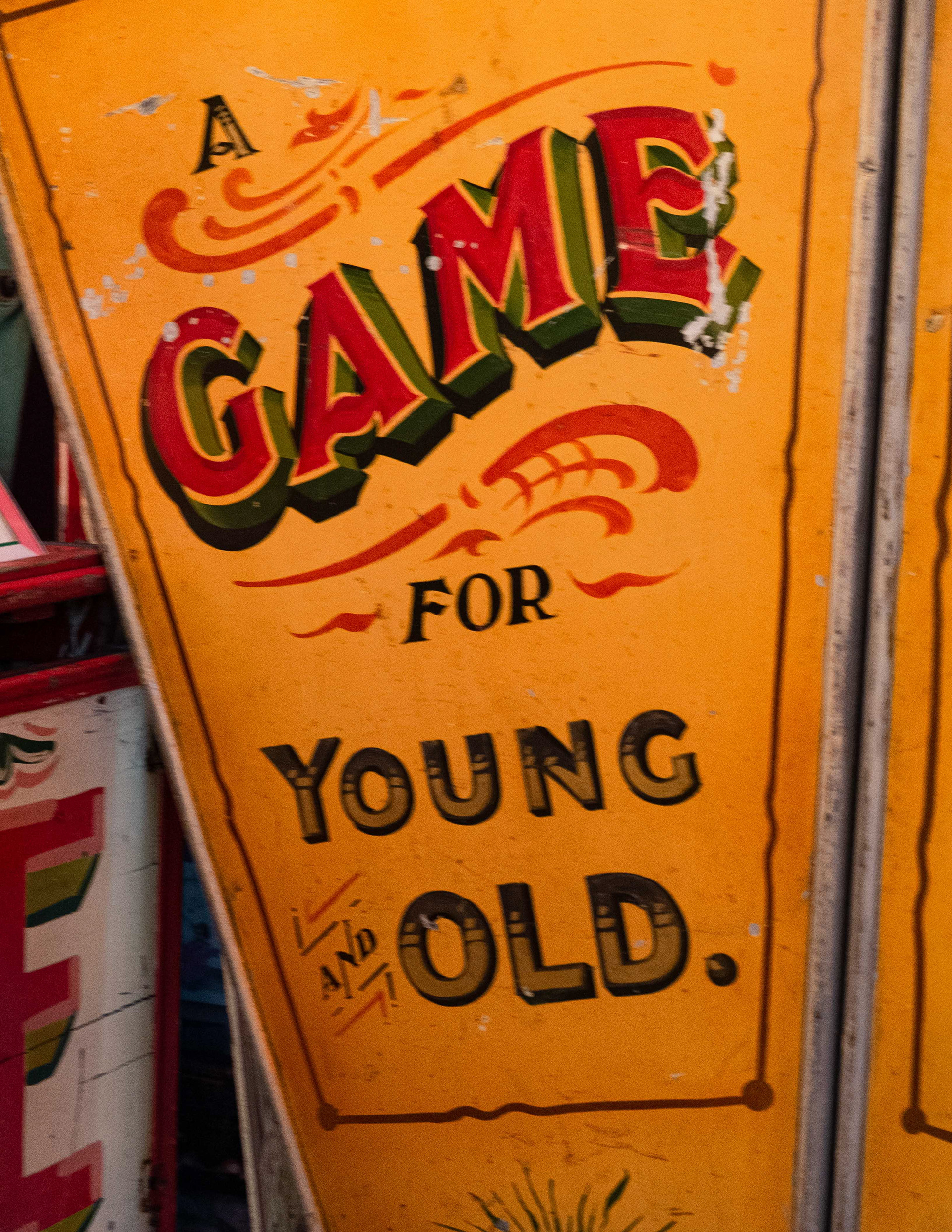This project came about after I started to research fairground art as part of a project for work.
I had been commissioned to produce some eye-catching graphics for a play area in a children’s nursery. After looking at a number of options the client decided against going ahead, but I was really struck by the calligraphy and colour of fairground art.
I visited the fairground Museum in Devon and took a series of photographs to record the diversity and quality of fairground art, sculpture and calligraphy.
This is a project that I would like to develop further to document other traditional sign writing styles and techniques.
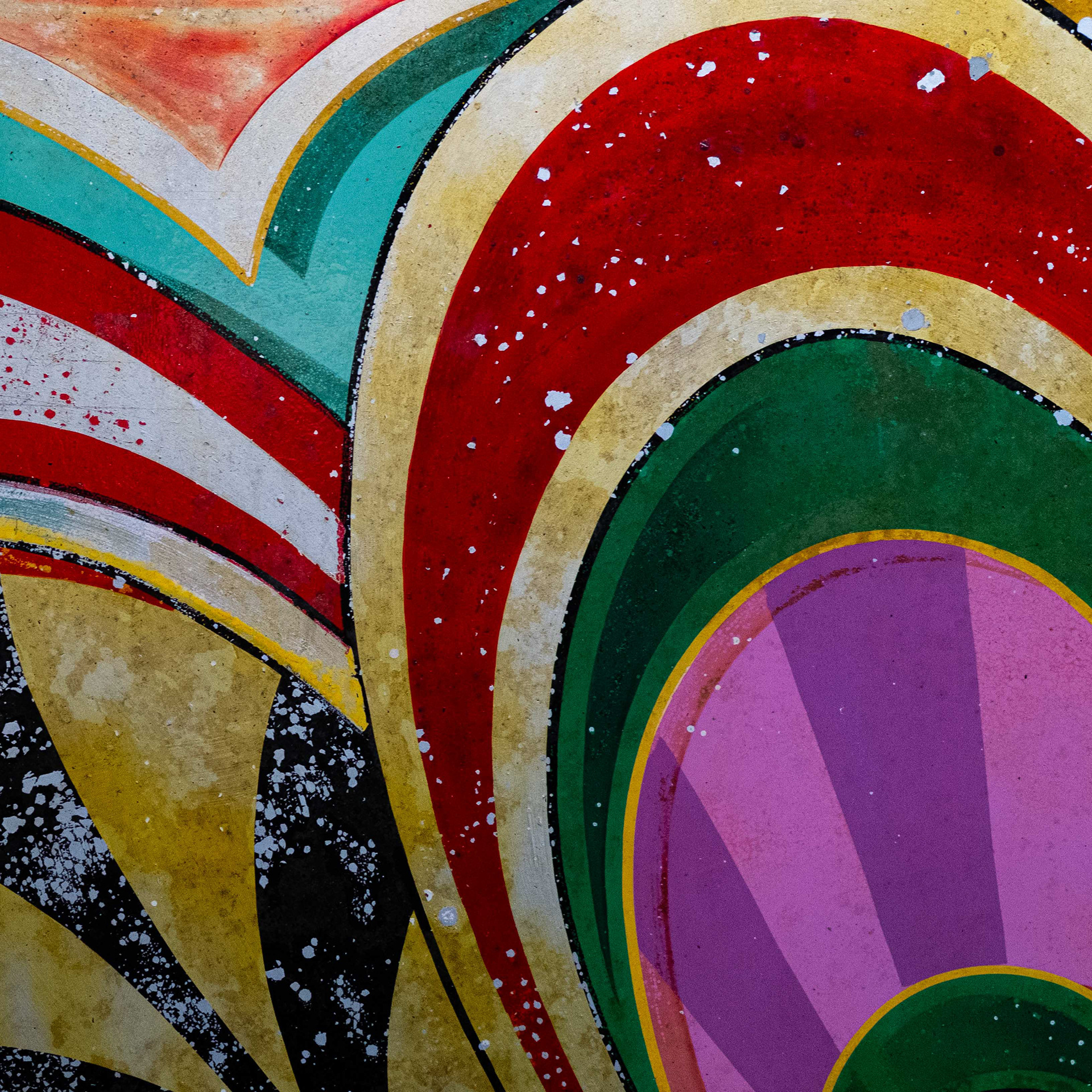
Fairground art traces its origins back to simple banner which were used to advertise sideshows at early travelling fairs.
They developed in the Victorian era to painted and marbled columns and painted structures with each showman trying to outdo his colleagues.
By the early 1900’s these had developed into a highly sophisticated art with specialist painters who were skilled in creating visual illusions and elaborate carved figures.
By the 1980’s much of this skill had been lost to video screens and printed vinyl images designed in sign makers studios, printed and applied to panels.
Although there are still a couple of ‘old fashioned’ fairground painters still in business it is largely a lost art. The newer designs owing more to film characters than the more traditional subjects.
The techniques and style has much in common with traditional narrowboat art.
